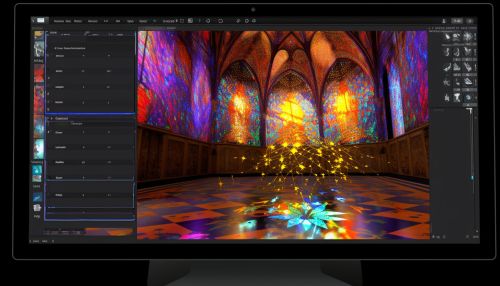Deep Learning in Computer Vision
Introduction
Deep learning in computer vision is a subfield of artificial intelligence (AI) that focuses on training machines to process, analyze, and make sense of visual data in a similar way that humans do. It is a rapidly evolving field, with applications ranging from autonomous driving and surveillance to medical imaging and photo editing.


Deep Learning
Deep learning is a subset of machine learning, which in turn is a subset of AI. It involves the use of artificial neural networks with many layers - hence the term 'deep' learning. These neural networks attempt to simulate the behavior of the human brain—albeit far from matching its ability—in order to 'learn' from large amounts of data. While a neural network with a single layer can still make approximate predictions, additional hidden layers can help optimize the results.
Computer Vision
Computer vision is a field of study that seeks to enable computers to understand and interpret visual information from the real world, to produce information that can be used in decision-making processes, or to automate tasks that require visual cognition. It is closely linked with artificial intelligence, as it provides human-like capabilities to the machine, and machine learning, as it involves the use of algorithms that can learn from and make decisions based on data.
Intersection of Deep Learning and Computer Vision
The intersection of deep learning and computer vision is a vibrant area of research and application. Deep learning algorithms, particularly Convolutional Neural Networks (CNNs), have proven to be highly effective in computer vision tasks such as image classification, object detection, and semantic segmentation.
Convolutional Neural Networks
Convolutional Neural Networks (CNNs) are a type of deep learning model that are especially effective for computer vision tasks. CNNs are designed to automatically and adaptively learn spatial hierarchies of features from tasks with grid-like topology, such as images. They have been successful in identifying faces, objects and traffic signs apart from powering vision in robots and self-driving cars.
Applications of Deep Learning in Computer Vision
Deep learning has been applied to a variety of computer vision tasks, with impressive results. Some of the most notable applications include:
Image Recognition
Image recognition, also known as image classification, is the task of identifying and categorizing what is in an image. Deep learning has significantly improved the accuracy of image recognition, making it a key component of many modern technologies.
Object Detection
Object detection is a computer vision task that involves identifying objects within an image and drawing a bounding box around them. Deep learning models, particularly CNNs, have been highly effective in improving the accuracy of object detection systems.
Semantic Segmentation
Semantic segmentation involves classifying each pixel in an image to a specific category, resulting in a comprehensive understanding of the image at a pixel level. Deep learning models have significantly improved the performance of semantic segmentation tasks.
Challenges and Future Directions
Despite the impressive performance of deep learning in computer vision tasks, there are still many challenges to overcome. These include the need for large amounts of labeled data, the lack of transparency in model decision-making processes, and the high computational cost of training deep learning models. Future research directions include the development of unsupervised learning methods, improving model interpretability, and optimizing model training processes.
